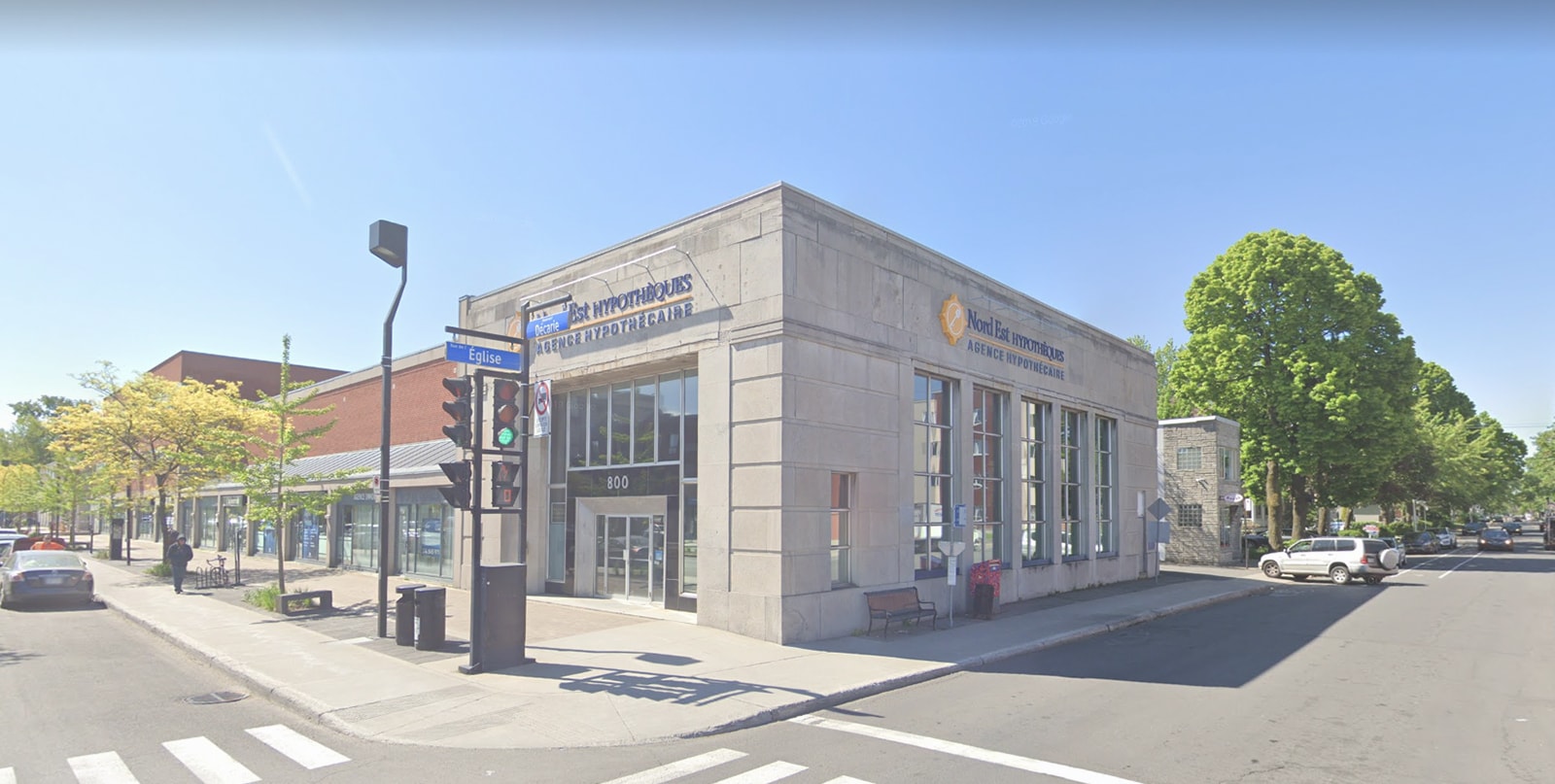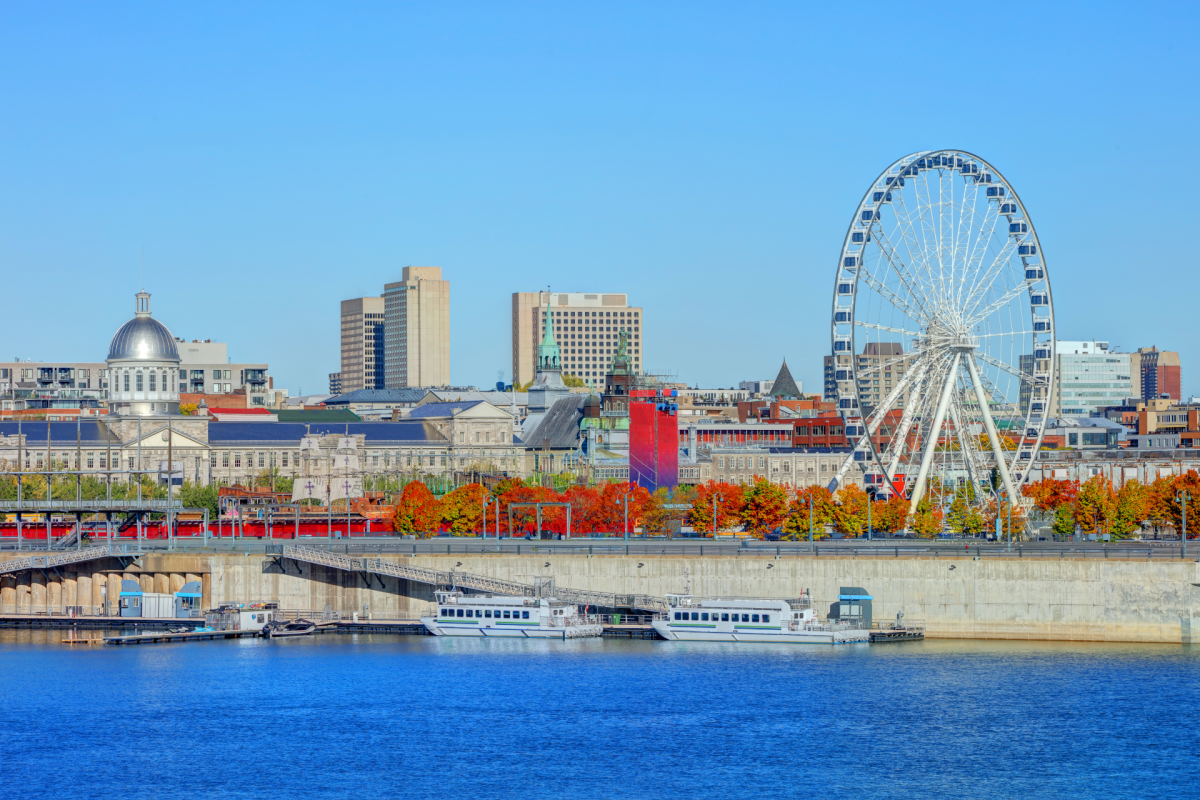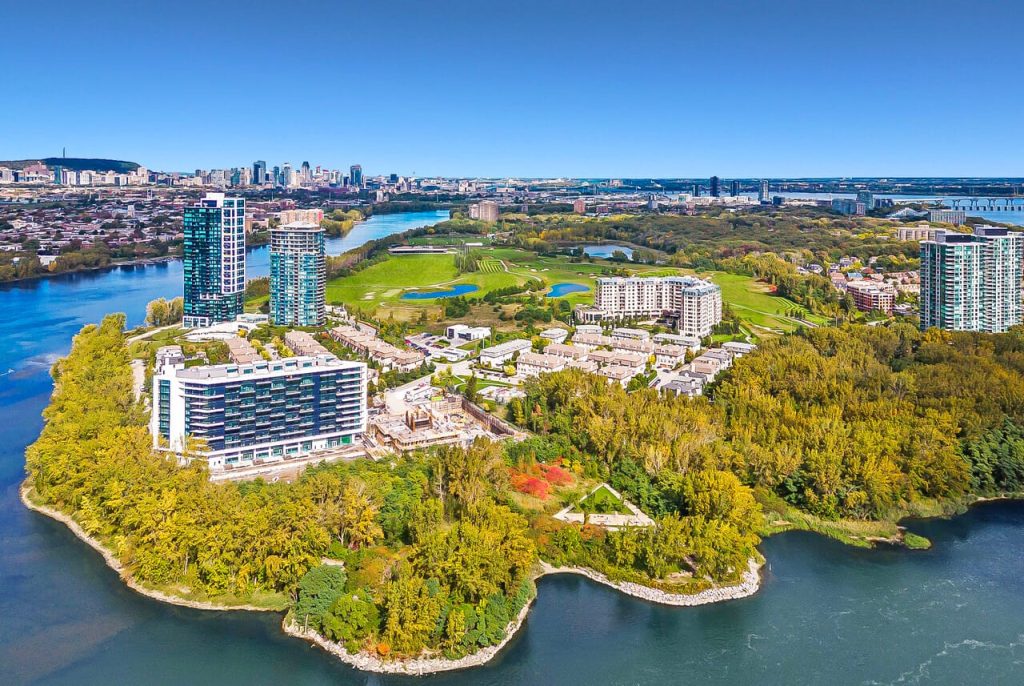Montreal is a city steeped in history and pulsating with a vibrant cultural heartbeat. It presents a real estate landscape as diverse and dynamic as its residents. As a seasoned realtor and mortgage broker with over 17 years of experience, North East has helped clients navigate Montreal’s neighborhoods. Each telling its own unique story through its buildings and streets. From the historic charm of Old Montreal’s cobblestone path. To the sleek modernity of downtown high-rises, the city’s architecture is a testament to its rich past and ambitious future.
Let’s take a journey together through the hidden gems and architectural marvels of Montreal’s real estate. We’ll uncover aspects about Nuns’ Island, a enclave that offers a peaceful respite from the city’s pace, yet remains a stone’s throw from the urban core. Its transformation from a quiet farmland to a sought-after residential area is a tale worth telling. Additionally, we’ll explore the architectural charm that gives Montreal its unique character. From the iconic spiral staircases adorning the Plateau’s row houses to the grandeur of historic buildings. Each corner of the city offers a glimpse into a rich architectural tapestry.
Join me as we explore some lesser-known facts about Montreal’s real estate. Revealing the layers of history, culture, and design that make this city not just a place to live. Whether you’re a local, a potential homebuyer, or simply a lover of urban diversity. There’s something in Montreal’s real estate landscape for everyone. Let’s discover the stories these buildings tell and the secrets they hold. Held into the very fabric of one of Canada’s most enchanting cities.
The History and Evolution of Montreal’s Real Estate
Montreal’s real estate is a tapestry rich with history, colored by the ebb and flow of cultural and economic tides. It is a city that has stood the test of time, Montreal’s architectural evolution reflects a journey through various epochs. Initially a French colonial outpost, the city’s early real estate was characterized by stone houses and churches, mirroring European influences. The 19th century heralded the industrial era, bringing with it a wave of growth and urbanization. This period saw the emergence of Victorian townhouses and the grandeur of structures like the iconic Windsor Station.
The 20th century marked a pivotal transformation, as Montreal embraced modernity. Art Deco and later, International style buildings began to reshape the city’s skyline. The post-war boom and Expo 67 further spurred development. Leading to the construction of landmarks such as Habitat 67, a model for urban living. Montreal’s real estate evolution is a mirror to its societal changes, with each architectural layer adding to the city’s unique character. From the cobblestone streets of Old Montreal to the sleek skyscrapers of the downtown core. Each era’s imprint contributes to the rich mosaic that makes Montreal’s real estate market so unique and enticing.
Nuns’ Island: A Hidden Gem
Nuns’ Island, or Île-des-Sœurs, is a fascinating chapter in Montreal’s real estate story. Embodying a blend of tranquil living and modern urban design. Initially farmland, the island’s transformation began earnestly in the 1960s. Evolving into a residential haven known for its lush landscapes and contemporary architecture. However, this development was unique due to the island’s ownership history. It was under an emphyteutic lease. A long-term leasehold arrangement uncommon in North American real estate, which played a crucial role in shaping its development trajectory.
This lease, rooted in French civil law, was instrumental in allowing for large-scale development. This while maintaining control over the land’s use. It enabled a structured and cohesive urban planning approach. Leading to the creation of a community that seamlessly integrates residential, commercial, and natural spaces. Today, Nuns’ Island is a testament to thoughtful urban planning, featuring a mix of luxury condominiums, townhouses, and single-family homes. All coexisting with verdant parks and waterfront vistas.
The real estate on Nuns’ Island appeals to those seeking a balance between serene island living and the convenience of city life. Its proximity to downtown Montreal, coupled with the tranquility of its natural surroundings, makes it a unique and desirable location. The island’s architecture, is noteworthy, with buildings designed by renowned architects like Ludwig Mies van der Rohe. As a community, Nuns’ Island stands out for its emphasis on sustainability and quality of life, offering residents a unique blend of natural beauty and urban sophistication. For those looking to experience Montreal’s real estate diversity, Nuns’ Island presents a distinctive and compelling chapter, rich in history and modern-day appeal.
Architectural Charm of Montreal
Montreal’s architectural landscape is a vivid tapestry that narrates the city’s historical and cultural evolution. The city’s architectural charm is not just in its varied styles but in the stories these buildings tell. From the Gothic Revival splendor of the Notre-Dame Basilica to the sleek lines of contemporary skyscrapers, Montreal’s buildings are a testament to its rich heritage and forward-looking spirit.
Montreal’s heart of architectural allure lies in its ability to harmonize the old with the new. The city’s historic district, Vieux-Montréal, is a picturesque area where 17th-century structures nestle alongside modern developments, offering a visual journey through time. The iconic Notre-Dame Basilica, with its intricate interiors and imposing presence, stands as a symbol of Montreal’s historical significance and artistic flair.
Moving beyond the old town, the cityscape transforms with the Art Deco elegance of buildings like the Aldred Building and the Sun Life Building, showcasing the city’s economic boom in the early 20th century. These structures marked Montreal’s foray into modern architecture, combining functionality with aesthetic appeal.
The 1960s and 70s saw a new architectural wave, with projects like Habitat 67, designed by Moshe Safdie for Expo 67.
This was revolutionizing urban living concepts. This era also witnessed the rise of Montreal’s modern skyline. With skyscrapers like Place Ville Marie symbolizing economic growth and architectural innovation.
Montreal’s residential architecture, particularly in neighborhoods like the Plateau, is renowned for its colorful row houses with iconic spiral staircases. A unique feature born from practicality and space constraints, now a beloved symbol of the city’s identity.
The city’s commitment to preserving its architectural heritage while embracing modernity makes Montreal’s landscape uniquely captivating. It’s a city where every building, whether an old church, a 19th-century townhouse, or a modern glass tower, contributes to the narrative of Montreal’s growth and character. For real estate enthusiasts and architecture lovers alike, Montreal offers an endless exploration of styles, eras, and stories, making it a living museum of architectural diversity.
Fun Facts About Montreal’s Real Estate
Montreal’s real estate market is not just a hub of economic activity but also a treasure trove of intriguing facts and unique features. One such fascinating aspect is its staircase designs, particularly the external spiral staircases in neighborhoods like the Plateau Mont-Royal. These staircases, a charming architectural feature, were born out of practicality – a response to the city’s tax laws in the early 20th century. Which taxed building owners based on the building’s footprint and the number of interior staircases.
Another unique characteristic of Montreal’s real estate landscape is the city’s approach to heritage preservation. Unlike many cities, Montreal places a focuses on maintaining its historical buildings, leading to a mix of old-world and contemporary living spaces. This commitment to preservation is evident in areas like Old Montreal, where historical buildings are repurposed as modern commercial or residential spaces, blending history with modern utility.
When comparing Montreal’s real estate market to other major Canadian cities like Toronto and Vancouver, one notes several differences.
Montreal’s market has traditionally been more accessible, with lower average housing prices and a higher rate of property ownership. This accessibility, combined with the city’s rich cultural scene and quality of life, makes it an attractive destination for both investors and homebuyers.
Surprising statistics also shed light on Montreal’s real estate dynamics. For instance, the city has a higher proportion of rental properties compared to other major Canadian cities. This is influenced by its significant student and immigrant populations. Additionally, Montreal’s diverse demographics have led to varied housing needs and preferences. This is also influencing the types of properties developed and the neighborhoods that are in demand.
As for future trends, Montreal’s real estate market shows signs of embracing sustainability and green living. Developments increasingly include green spaces, energy-efficient designs, and amenities that promote a sustainable lifestyle. Reflecting a global shift towards environmentally conscious living.
These fun facts not only make Montreal’s real estate market interesting but also reflect the city’s unique character, cultural diversity, and adaptability. For anyone engaged in the world of real estate, Montreal offers a fascinating case study of a market that is as dynamic and diverse as the city itself.
Montreal’s Real Estate Market: Opportunities and Challenges
Montreal’s real estate market presents a blend of opportunities and challenges, shaped by its unique character and evolving trends. As a seasoned realtor and mortgage broker, I’ve witnessed firsthand how the city’s market dynamics offer diverse prospects for investors, homebuyers, and sellers.
Opportunities: Montreal’s real estate market has been characterized by steady growth, making it an attractive option for long-term investments. The city’s affordability, compared to other major Canadian urban centers, opens doors for first-time homebuyers and young families. Additionally, the diversity in property types, from historic homes in Vieux-Montréal to modern condos in Griffintown. Which caters to a wide range of preferences and budgets.
Montreal’s cultural vibrancy and quality of life also make it a magnet for international buyers and investors. The city’s universities and thriving industries attract a global audience, creating a constant demand for rental properties. This scenario presents a lucrative opportunity for real estate investors looking to tap into the rental market.
Challenges: However, the market is not without its challenges. The increasing demand in certain neighborhoods has led to a rise in property prices, creating affordability issues for some buyers. Additionally, the city’s commitment to preserving its architectural heritage, while admirable, can sometimes pose restrictions on new developments and renovations. Impacting supply and demand dynamics.
Navigating these opportunities and challenges requires a deep understanding of the local market, tailored strategies, and an ability to adapt to changing conditions.
A City of Endless Possibilities: Nuns’ Island
In conclusion, Montreal’s real estate market, much like the city itself, is a landscape of diversity, history, and potential. From the historic streets of Old Montreal to the modern developments of Nuns’ Island, the city offers something for every taste and budget. Its architectural charm, combined with a robust cultural scene, makes Montreal not just a place to invest in real estate but to experience a rich and vibrant lifestyle.
For those looking at Montreal, whether as a buyer, seller, or investor, the city offers a dynamic arena with endless possibilities. As a city that gracefully balances its storied past with a progressive future, Montreal’s real estate market is poised for continued growth. Whether you are drawn to the charm of its historic neighborhoods or the sleekness of its modern developments, Montreal is a city that welcomes all with open arms and endless opportunities.
To learn more and explore some of the unique properties that North East has follow this link to our listings page: Click Here




